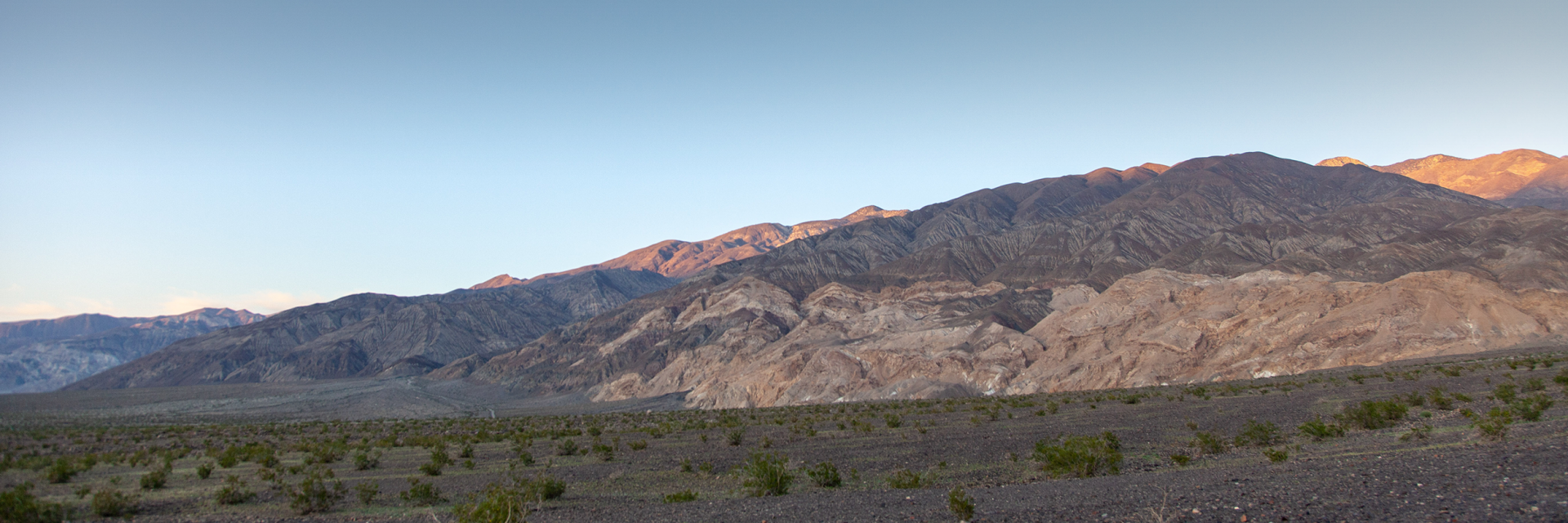
Panamint Valley
A Canadian-based company, Battery Minerals Resources, Inc. has submitted a proposal to explore for lithium extraction in Panamint Valley, just outside of Death Valley National Park. The company proposes to drill four holes with the objective of locating lithium brine which it would then begin mining. The situation is worsened by President Trump’s executive order to increase domestic production of critical minerals, including lithium.
The project falls within lands designated for conservation and recreation through the Desert Renewable Energy Conservation Plan including the Panamint Lake Area of Critical Environmental Concern and the Panamint Valley California Desert National Conservation Lands.

Panamint Valley is ecologically and culturally significant. Panamint Lake was, and remains, an important location where water and riparian resources are abundant. The area contains unique desert wetland communities, including mesquite bosques and freshwater and saltwater marshes. The valley is part of the essential wildlife corridor connecting Death Valley National Park and adjacent wilderness areas. In addition, the area provides excellent habitat for numerous raptor species, including golden eagles and prairie falcons.
There are numerous also prehistoric and historic sites within Panamint Valley. The lake holds significance to several Paiute and Shoshone Tribal groups today and has many National Register eligible properties. Two major springs, Post Office Springs and Warm Sulphur Springs, are classified as jurisdictional wetlands and may become at risk with any groundwater extraction.
The project will use 2,000 gallons of water per day to be trucked in from a local source (likely the town of Trona). Wastewater will be placed in open sump ponds with only low-permeability liners required. There is potential for toxic chemicals to leak from the evaporation pools into the water supply.
Panamint Valley has not been as well studied as it’s famous neighbor, Death Valley, making it a high priority for ongoing scientific research. Ongoing research is examining the potential for paleontological deposits at the lake.
Those who seek solitude and adventure outside of the crowds of Death Valley National Park venture to Panamint Valley to explore via four wheel drive and on foot in the numerous canyons. When rare rains arrive the lake fills with water offering outstandingly scenic views of the Salte, Argus and Panamint ranges.
Lithium is known as a high-priority material in the United States’ quest for green energy. Long-term energy policies depend on developing a strong, domestic lithium-ion battery manufacturing sector. The domestic demand for industry-grade lithium is expected to triple by 2020 based on 2010 demands. This is mostly due to an increase in the production of electric vehicles. The USA produced only about 5 percent of that lithium demand. Today Chile and Australia are dominating lithium production. The only US lithium mine is located in Silver Peak, Nevada and is owned by chemical giant Albemarle.


Friends of the Inyo and our partners submitted comments on the Environmental Assessment (EA) in April of 2019. On August 9, 2019 the Ridgecrest Field Office approved the Panamint Valley Lithium Project, issuing a Finding of No Significant Impact, Record of Decision and Supplemental EA. Conservation groups have requested a BLM State Director’s review of the project. While the fate of the valley remains uncertain we will continue to raise awareness of the threat and offer trips to visit Panamint Valley and the adjacent Surprise Canyon. We will also be directly engaging with the BLM local and state offices for updates and to continue to express our concerns.
There is also a pending exploration permit for lithium on State School Land directly adjacent to the BLM drill sites. The State Lands Commission recently reviewed the proposal and is considering a categorical exclusion under CEQA. We submitted comments to the SLC expressing why this initial exploration should be subject to CEQA because of cumulative impacts to groundwater and the associated drilling on BLM lands. Inyo County will likely be the lead agency if/when CEQA is triggered.

Updates
Proposed Lithium Mine in Panamint Valley What’s Happening? The BLM is considering allowing exploratory drilling project for lithium in Panamint Valley. Battery Mineral Resources, headquartered in Toronto, Canada proposes to drill four holes 2,000 feet deep on Panamint Lake just outside of the Surprise Canyon Wilderness. What Is Lithium? Lithium is used in a variety of renewable energy technologies such as the batteries that power electric vehicles. As the country begins to transition towards a more renewable and green economy, we need lithium to power the batteries that power our tech. Currently, the majority of the world’s lithium is produced…


